
Setting up a surveillance system for your business feels like a smart move, and it is. But just installing cameras isn’t enough. Too many business owners make small but critical mistakes during setup that lead to blind spots, lost footage, or even security breaches.
Whether you're protecting a retail shop, hotel, warehouse or office, the key is in the details. Avoiding these common slip-ups can mean the difference between peace of mind and poor protection.
Let’s explore the seven mistakes businesses often make when setting up their surveillance systems, and how you can avoid them.
1. Choosing the Wrong Camera Type for Your Space
Not all cameras are created equal. Different environments demand different types of surveillance equipment. A basic indoor camera might work for a small office room, but it won’t hold up outdoors or in low-light areas.
Common Missteps:
Using indoor cameras in outdoor conditions
Overlooking night vision features for low-light areas
Installing fixed cameras where a rotating view is needed
Quick Fix:
Match your camera specs to the space. Dome cameras are great for wide indoor spaces, bullet cameras are ideal for targeted outdoor monitoring, and PTZ cameras offer flexible coverage in larger areas.

2. Poor Placement and Angle Issues
You might have the best cameras in the market, but if they’re not placed right, they won’t help much. A bad angle can miss the action or create blind spots where activity goes unseen.
Common Missteps:
Pointing cameras too high or too low
Mounting cameras where light glares or shadows disrupt clarity
Blocking lenses with signage or décor
Quick Fix:
Take time to plan strategic locations before drilling. Walk through your store or premises and think like a customer or intruder. Always test angles before final installation.
3. Ignoring Network Security
In an age where everything is connected, your cameras are vulnerable if not properly secured. Hackers can exploit poorly protected systems, putting your footage and customer data at risk.
Common Missteps:
Using default usernames and passwords
Skipping firmware updates
Not encrypting data
Quick Fix:
Change default login credentials immediately. Regularly update your camera software and use firewalls to protect your surveillance system. Secure systems keep you and your data safe.
4. Lack of Sufficient Storage
CCTV systems only work if they capture and store what you need. Without enough storage, you risk losing crucial footage, often without realizing it until it's too late.
Common Missteps:
Relying on small memory cards
Not using cloud backups
Setting low-resolution recordings to save space
Quick Fix:
Choose cloud or hybrid storage solutions. Opt for at least 30 days of rolling storage depending on your business needs. Compression technology allows high-quality footage without large files.

5. Neglecting Legal Compliance and Privacy Rules
Surveillance systems walk a fine line between security and privacy. Missteps here can lead to customer complaints or even legal action.
Common Missteps:
Recording audio without consent in restricted regions
Installing cameras in sensitive areas like bathrooms or changing rooms
Not displaying signage to alert customers about surveillance
Quick Fix:
Familiarize yourself with local laws. Always place visible signs that alert people they’re being recorded. Respect private zones, and avoid audio recording unless clearly permitted by law.
6. Overlooking Integration with Other Security Tools
Surveillance works best when it’s part of a broader security ecosystem. Cameras alone may not be enough to stop theft, fraud, or operational issues.
Common Missteps:
Treating cameras as standalone tools
Not syncing with alarms, motion detectors, or access control
Ignoring analytics tools that can track movement or behavior
Quick Fix:
Look for surveillance systems that integrate easily with other tools. When combined with motion detection and access control, your system becomes more intelligent and responsive.
7. Going DIY Without Proper Planning or Expertise
While DIY installations may save money upfront, they often result in poor coverage, weak system performance, or tech issues down the road.
Common Missteps:
Skipping professional consultations
Using incompatible hardware and software
Not testing equipment before going live
Quick Fix:
If you must go DIY, do your homework thoroughly. Read setup guides, test each camera, and make sure your system is scalable. For larger or high-risk setups, professional installation is usually the better path.
Smart Surveillance Is More Than Just Cameras
Surveillance isn’t just about watching. It’s about knowing, reacting, and improving. When systems are planned well, they offer more than security, they offer insight.
For example, a modern system can analyze customer behavior, highlight employee productivity, and even predict theft patterns. That’s especially important in fast-moving environments like retail, where every second counts.
Systems powered by video analytics are transforming how we protect and operate businesses. If your cameras can recognize faces, track foot traffic, or send alerts, you’re already steps ahead of traditional security. This is where facial recognition plays a game-changing role, allowing you to filter data intelligently and act faster.

Invest in Smarter Retail Safety
Surveillance should never be treated as a checkbox item. From store entrances to storerooms, every camera has a purpose. And when set up correctly, each one becomes your silent partner in safety, efficiency and peace of mind.
If you're managing a retail outlet or franchise, don’t settle for generic equipment. Opt for retail store video surveillance that adapts to your unique layout, staff flow, and customer behavior.
Remember, good security doesn’t shout, it sees everything, quietly and clearly.
Get It Right from the Start. See More. Secure Better.
Avoid the common pitfalls. Invest in thoughtful planning, powerful tools, and smart coverage. Because your business deserves more than just cameras, it deserves confidence.

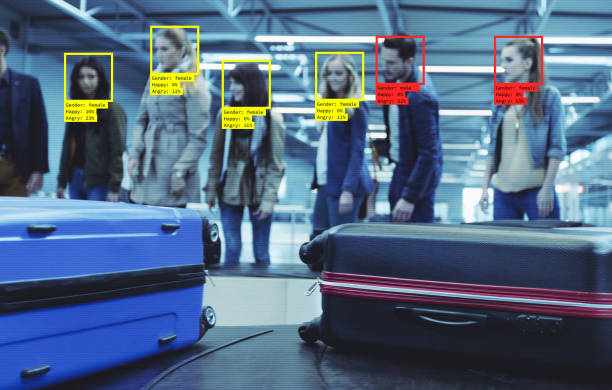
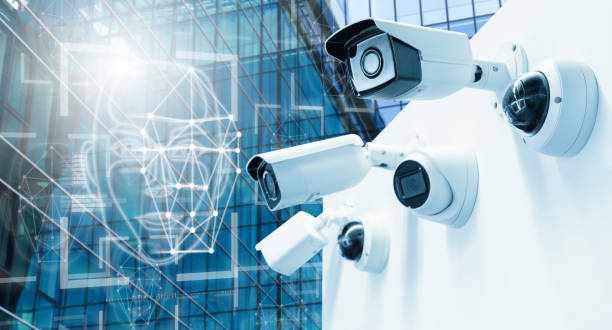
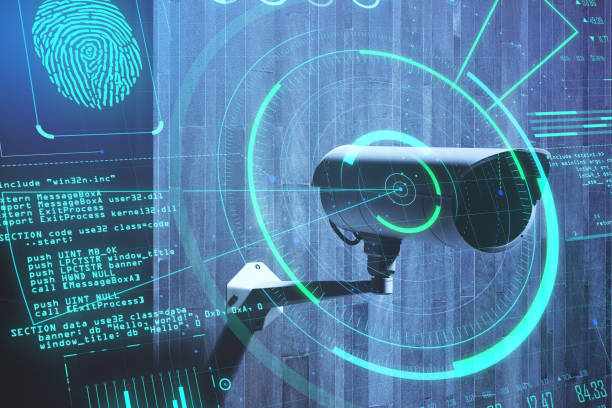
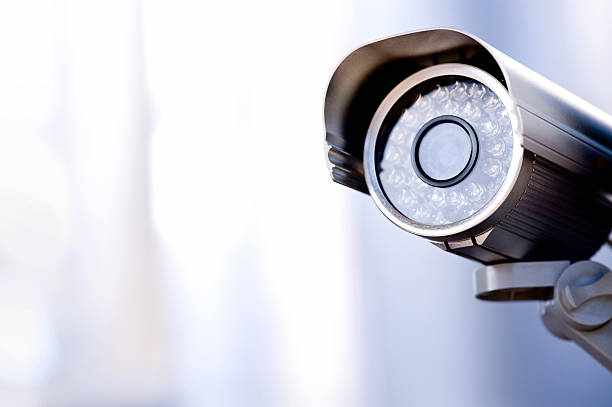
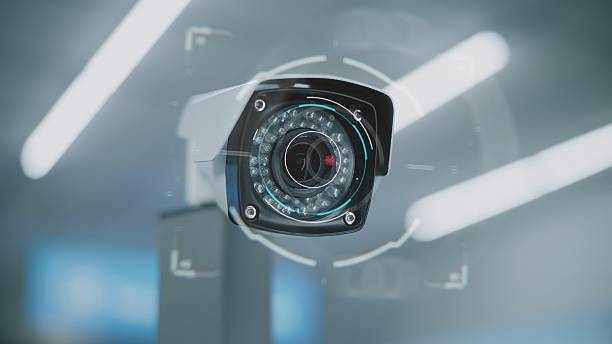




Write a comment ...